When you enter the front gate of the nascent Museum of Tolerance Jerusalem (MOTJ), you are instantly drawn toward the spectacular diamond-shaped structure sparkling in the heart of the holy city. “Wow!” is the first word that comes to mind. As you walk from the main entrance to the museum building via an avenue saluting Jewish Nobel laureates who changed the world (in a plaza to be called the Tikkun Olam Garden) and a modern amphitheater that seats more than 1,000 and features an enormous screen and speakers that jump up at the press of a button, you can peer down into a glass-covered ancient aqueduct.
“This aqueduct is part of a system that used to bring water to the Second Temple, and it was discovered by archaeologist Alon Shavit when the foundations were laid,” explains Denver- based Jonathan Riss, whose official title is director of operations and owner’s representative, on a recent private tour. “We preserved it, put glass on top of it and added blue lighting to it.” Just as Abraham, the patriarch of Judaism and Islam, offered cold water and warm hospitality to guests more than 4,000 years ago, the aqueduct is also a conduit for the museum’s message.
“Right from the start, the idea was for the museum to be a bridge between the old and the new, connecting Jerusalem’s Old City and the new city, the East and West, and to make visitors feel welcome, as Abraham’s tent did,” says Riss, who shuttles between Denver and Jerusalem.
Oxford graduate Riss, along with Susan Burden, CFO and CAO of the Simon Wiesenthal Center in LA and also the owner’s representative, worked side by side to bring the museum’s vision to life. “It’s open and welcoming to all - religious and secular, Jews, Muslims and Christians, adults and children – and is fully accessible to the disabled.”
The state-of-the-art museum, which cost more than $250 million to build, has been in development for more than 21 years, after encountering a series of bureaucratic, architectural and legal hurdles. Now set to open in the summer of 2023, it has already begun hosting a series of high-level conferences and glitzy events – including the gala event and premiere of former US ambassador David Friedman’s aptly named documentary, The Abraham Accords.
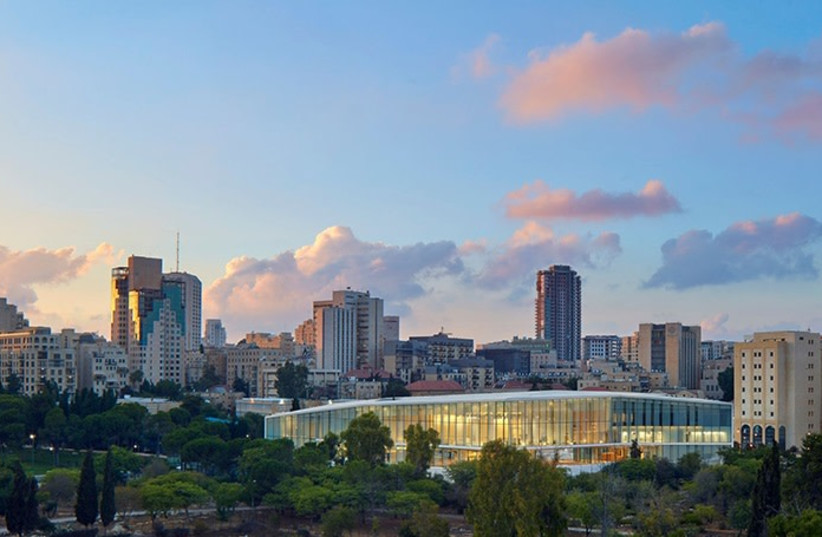
In attendance were officials and celebrities from around the world including former US Secretary of State Mike Pompeo, former US Treasury Secretary Steven Mnuchin, Jared Kushner, Ivanka Trump, former prime minister Benjamin Netanyahu, former Mossad director Yossi Cohen, FIFA President Gianni Infantino and former American football star Peyton Manning. The following morning, The Jerusalem Post held its annual Diplomatic Conference, with a prestigious lineup of speakers and guests including President Isaac Herzog, Prime Minister Naftali Bennett, Finance Minister Avigdor Liberman, Justice Minister Gideon Sa’ar, Pfizer CEO Albert Bourla, Oracle CEO Safra Catz, among others.
Bennett scheduled his 2022 New Year’s Toast for foreign journalists at MOTJ, but chose to cancel it at the last minute due to the spread of the Omicron variant. MOTJ is built on a 3-acre campus (over 17,000 square meters) that is about the size of three football fields and has its own parking lot which can hold 300 cars. Besides the outdoor amphitheater, it comprises a central museum with exhibition spaces for adults and children, an educational facility and a conference hall, theaters and cafés, and a book and gift shop.
Like the popular Museum of Tolerance in Los Angeles, MOTJ has been developed by the Los Angeles-based Simon Wiesenthal Center with the objective of “promoting unity and respect among Jews and people of all faiths.”
With Rabbi Marvin Hier serving as its spiritual visionary, benefactor Larry Mizel – MOTJ’s co-founder and chairman, who also chairs the Simon Wiesenthal Center – is the driving force that has kept the project going despite numerous hurdles, according to Riss. Hier’s vision was for the museum to present the story of the Jewish people, its values and its contribution to humanity.
“In biblical times, Abraham’s big tent welcomed all guests regardless of origin, race and religion or gender,” Hier says. “So, too, the Museum of Tolerance Jerusalem... will be the contemporary manifestation of that sacred tent mimicking its mission of graciousness and tolerance. In this bold and dynamic place, every visitor will feel wanted and respected.”
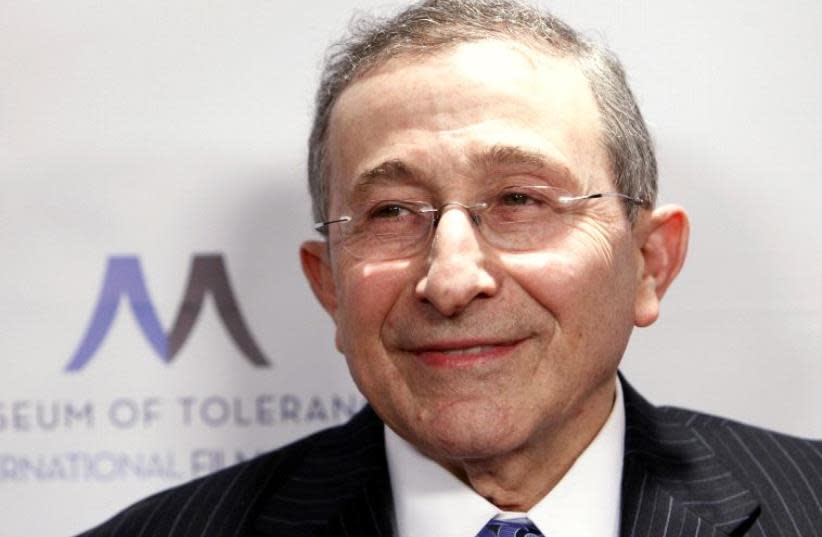
Hier says the very nature and location of the museum in the city center will serve as a magnet for thousands of visitors and schoolchildren interested in exploring its compelling themes. It will feature an experiential museum with major exhibitions, including “The People’s Journey” and “The Social Lab”; a children’s museum based on the story of Moses; and an international conference center to attract world leaders, global thought leaders and filmmakers – all of whom will speak to the museum’s message of tolerance and respect for human dignity.
Mizel acknowledges that while the museum encountered many challenges, “step-by-step, the dream has become a beautiful reality. My mission to establish this museum is rooted in my steadfast commitment to Jewish values and combating antisemitism and other atrocities,” says Mizel.
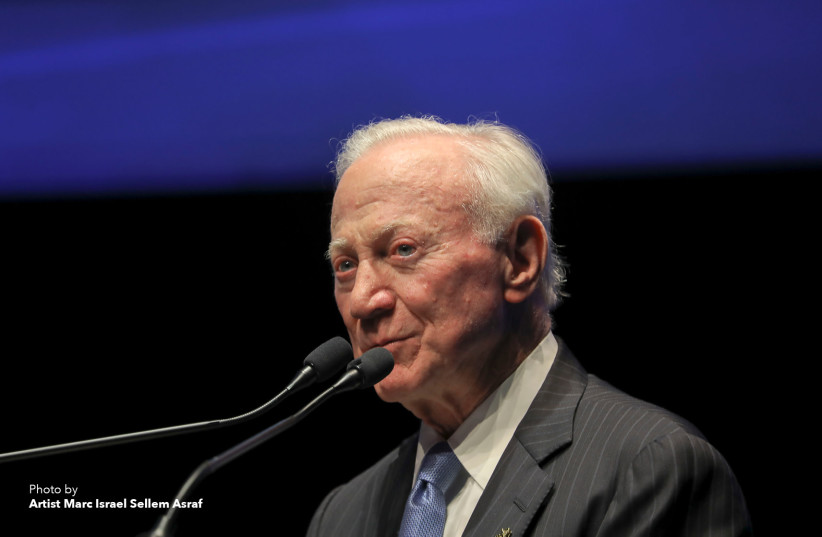
“This is what drove me, despite all the obstacles along the way, to fight for this dream and establish this hub of tolerance and solidarity. For me, tikkun olam [fixing the world] starts here. In this place, we will spread the values of coexistence and peace throughout the world and fight against hatred and racism of all kinds.”
The project was the brainchild of legendary Jerusalem mayor Teddy Kollek, who was inspired by his visit three decades ago to the Museum of Tolerance in Los Angeles, which was founded by Hier and is focused on the Holocaust. Kollek asked Hier to build a similar museum in Jerusalem that would not deal with the Holocaust, which is the domain of Yad Vashem.
“A museum like no other, in the heart of Jerusalem,” it now states on its website. “The museum is not about archaeology or history. It is a museum about today and tomorrow. A museum that highlights the core values that have sustained the Jewish people while confronting the real issues that divide humanity and threaten its future.”

When Ehud Olmert took over as mayor of Jerusalem in 1993, he and Frank Gehry – the Los Angeles-based architect originally hired for the project – chose the prime location adjacent to Independence Park and opposite Kikar Hahatulot (Cats Square) on Shimon ben Shetah Street in downtown Jerusalem.
“They wanted to reinvent the city center of Jerusalem and create an arts and cultural center as well as a museum to inject new life and energy to a part of the city that was shabby and neglected,” says Riss.
Then-California governor and former film star Arnold Schwarzenegger came to Jerusalem in 2004 to break ground for the museum at a time when Israel was experiencing a wave of terrorism. “We look past the suicide bombers, the terrorists, past the blood,” Schwarzenegger said at the time. “We look ahead to the time people can live side by side.” There was a further setback when Gehry was replaced after his plans for a massive steel and glass structure came under fire from municipal officials, and the Israel-based Chyutin Architects –Bracha and Michael Chyutin – were hired to take over. MOTJ retains all the fundamental elements of their design, although they, too, are no longer with the project today.
Sharon Jacobson, the site architect, who made aliyah from Boston and works out of an office in the museum, says there are two metaphors to describe the building conceived by Bracha Chyutin: the bridge and the book.

“The bridge metaphor resonates given the building’s expansive open span area with a large terrace beneath and smooth stone facade above, allowing for tremendous Jerusalem vistas. The figural bridge seemingly spans from east Jerusalem to west Jerusalem, from the Old City to the new city, and from the past to the future,” says Jacobson.
“The book metaphor resonates since the building appears from a distance like a book – the cover side made all of limestone [imported from Portugal], and the page side all of glass [the longest glass facade in the Middle East]. The book is figuratively open – encouraging the visitor to be part of the museum’s story and to help write the next chapter of history. The building design promotes connectivity, community, and ultimately tolerance.”
Carol Mizel , with 50 years of experience in commercial and residential interior design worked with the American architects to implement the original Chayutin architects’ concept design of the project, as well as the selection of the exterior and interior materials. Carol’s high standards of esthetic and quality control led to the unique outcome of this building in the context of Jerusalem architecture. An example can be seen by looking at the stone facade. The stone selection and the precision of the stone cladding can be attributed to Carol’s consistent effort to achieve an impressive and stunning home for MOTJ.
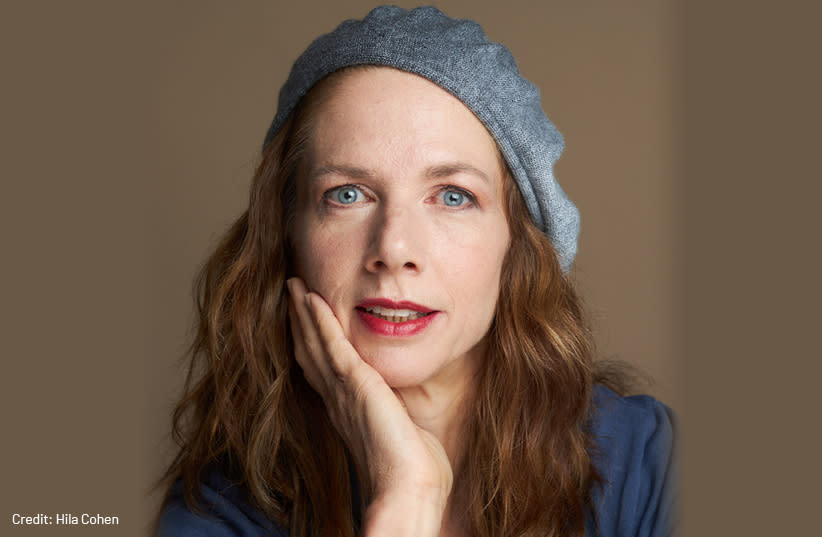
The museum was designed using an innovative 3D design software called CATIA. Its main building consists of four floors, connected by a “monumental staircase” down the middle. The top two levels serve as a convention and entertainment center, with a large function hall and a 400-seat conference hall.
“The cultural centerpiece comprises two theater spaces, a large multipurpose hall, seminar rooms, café and bar spaces, and open lobby spaces,” Jacobson says. “These spaces are located mainly on the ground and upper levels of the building and, except for the theaters, receive an abundance of natural light. “Tying these uses together, the visitors circulate through the building via the ‘monumental staircase’ at the center of the building, with the various floors’ stairs crisscrossing one over the other for constant viewer interactions and elimination of the delineation between the two uses.”
The museum itself is on the two lower floors connected by an 80-person elevator. One of the floors has the children’s museum, with a 150-seat theater, classrooms, dressing rooms for celebrities preparing for performances and a small police station to bolster security.
The “People’s Journey” exhibition, based on Hier’s vision, tells Israel’s unique story as a Jewish and democratic state. In the “Social Lab,” visitors are invited to explore relationships between different religions and cultures as well as contemporary issues facing Israel and the world. “MOTJ combines active, participation-based exhibits with a vibrant tolerance cultural center,” Jacobson says. “The exhibit component comprises interactive pavilions and a social lab. These spaces are primarily below ground, as the pavilions are media-based and the absence of natural light works to our advantage.”

On the upper floor, a planned upscale dairy restaurant boasting the finest kitchen equipment from China and a pizza oven from Italy has interactive tables and will host outdoor performances. On the other side is a meat kitchen that can cater to some 3,000 people. On the same floor, a smaller conference room also serves as a synagogue that will contain a unique ark fashioned in the shape of a dove.
Jacobson credits many architects, engineers and specialty consultants for MOTJ’s “tremendous architectural significance” as well as “on-site design changes by an incredibly diverse group of women and men from across the globe. The project process exemplified the very principles the museum is promoting, and I believe the outcome is better for it.” One of those consultants, Diana Zhu, became involved in the project her husband, Riss, was overseeing when the developers came asking for her expertise in finding innovative building solutions to accommodate the complex design of the museum structure.
Having vast experience in the tech and business world as former project manager at Comverse Technology in Israel, and now manager of financing at MDC Holdings Inc. in the US, Chinese-born Diana used her knowledge of the Israeli playing field to bring China’s efficient and cost-effective “honeycomb” aluminum panels to Israel, used to construct the museum’s stone facade, along with other breakthrough building solutions. According to Diana, the openness and willingness of the owners to outsource and attain the best technology available, integrating it with Israeli and American methods, made this project a huge success.
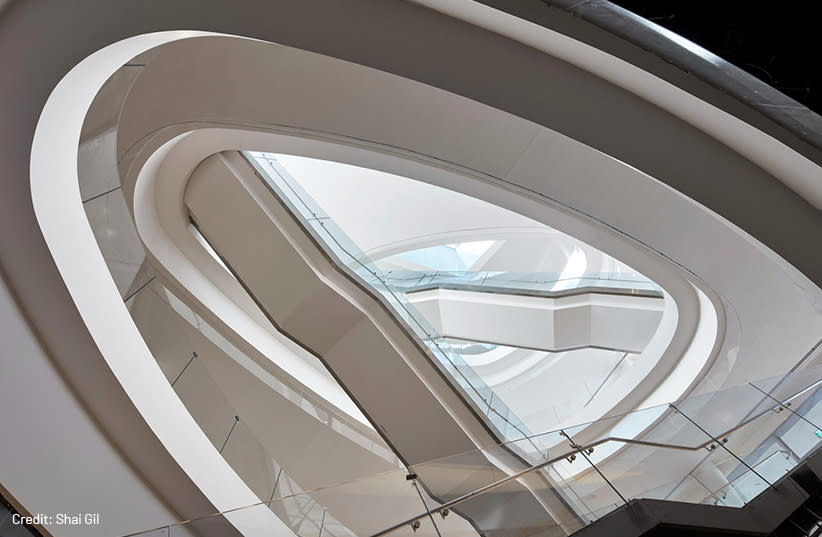
“This is what tolerance is all about”, she said, when reflecting on the museum’s cooperative and inclusive construction approach.
Riss wants MOTJ to be open to everyone, from foreign leaders and dignitaries to tourists and Israelis of every stripe – including the disabled. “The whole concept of the building is that everybody should feel welcome, safe and secure and pampered, so that they can utilize the space we provide in any way they want to,” he says. “They can come for a drink after a long day at work, they can come for brunch or lunch, but they can also come and visit the museum itself and enrich themselves with our cultural content, or come to attend a conference or a food or arts festival. “There’s no other place in Israel that can offer what we offer.”
In Mizel’s words, which he articulated at MOTJ’s inaugural star-studded event on October 11, “The doors of this building will be an inspiration to children, youth and adults. “It will bring together Jews, Muslims and Christians, as well as people of all faiths, and none. It will be a bridge between diverse races, creeds, nationalities, ethnicities and beliefs from across the globe.
“Visitors will come together at the Museum of Tolerance and enjoy a unique experience aimed at promoting a better world and spreading the values of peace, tolerance, pluralism, solidarity, equality, fraternity and the acceptance of the other."
This article was written in cooperation with MOTJ.
